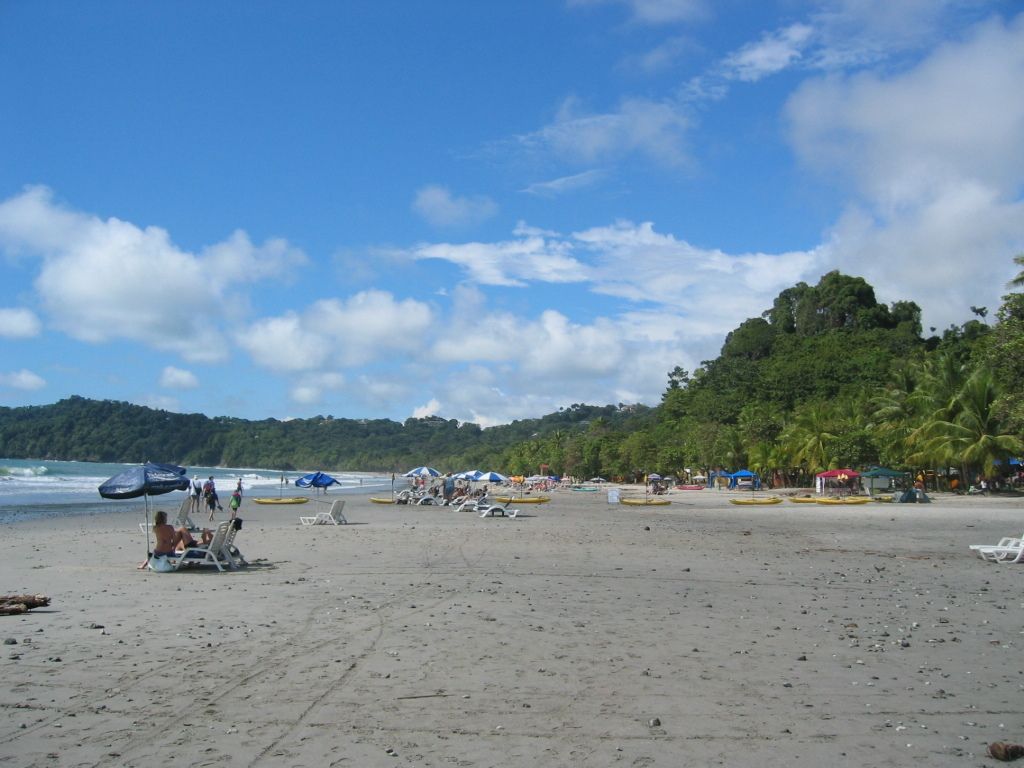Sizzling Summer: Is Your City Overheating? This Map Reveals the Answer
City Heat Stress Intensity: Check This Map for Your Location's Levels - What's the current temperature in your urban location?
Scroll down for a quick, chatty yet informative read on how your city fares when it comes to the heat stress index!
The German Environmental Aid (DUH) has warned of extreme heat stress in major cities across the country in their latest 'Heat Affectedness Index' study. The organization has analyzed 190 urban areas with a population of over 50,000, focusing on cities with sweltering temperatures, expansive concrete, and limited greenery[1].
The study unveils that our southern brethren in cities like Mannheim, Ludwigshafen, and Worms are bearing the brunt, with as much as 88 to 91 percent of their population residing in areas heavily affected by extreme heat[1]. On the other spectrum, northern cities such as Flensburg, Wilhelmshaven, and Kiel are enjoying cooler summer temperatures, with Hattingen, Gummersbach, and Witten emerging as the greenest and least concrete-laden spots in the North[1].
Where Does It Get Unbearable?
DUH has segregated cities into three main categories: red (particularly affected), yellow (moderately affected), and green (minimally affected)[1]. Thirty-one cities fall under the red category, with Frankfurt am Main and Magdeburg topping the list[1]. The yellow category includes cities like Cologne, Berlin, and Munich, while Hamburg, Bremen, and Lübeckfly high in the green category[1].
DUH collaborated with Luftbild Environmental Planning GmbH to measure the surface temperature during summer months, degree of sealing, green volume, and population density[1]. Each square measuring 100 x 100 meters was considered, and the awarding of points relied on the deviation from the average surface temperature, sealing, and greening values[1]. DUH's latest heat check data incorporates additional factors like average surface temperature in summer and population density[1].
Concrete Jungle or Green Oasis?
Heat-absorbing surfaces like roads, parking lots, and rooftops lose water absorption capabilities, preventing evaporation and subsequent cooling[2]. These areas heat up and discharge the stored heat for an extended period, causing heat to accumulate, particularly in urban settings[2]. Conversely, greenery like meadows, hedges, and trees promote evaporation, offering relief from the sweltering temperatures[2]. Water bodies, trees, and shade also contribute significantly to cooling the surrounding environment[2].
Politics to the Rescue
Cities can take proactive measures to reduce the impact of extreme heat. For instance, the concept of a "sponge city" allows water to infiltrate and be held in the soil, aiding in the management of heavy rain and dry spells[2]. Green rooftops and facades, parks, and trees encourage evaporation, while cool air corridors channel cooler air into urban locales[2]. Drinking fountains provide much-needed relief during those scorching summer days[2].
Let's Check Your City's Heat Pulse
Here's how the analyses for temperature, sealing, and greening pan out for your city[1]:
[Temperature, Sealing, Greening data for each city goes here]
Heat Wave or a Bake Sale? Don't Let Your City Overheat!
* Heat* Weather* German Environmental Aid e.V.
[1] Source: German Environmental Aid (DUH) - "Heat Check" for Cities (https://www.duh.de/export/sites/duh/deutsch/publikationen/themen/algender/mehrwert/wissenschaft/schadstoffbelastung/heimat/heimat-ianriss/haustier/tierexternalartikel/warmwassernlblaeufer/index.html)
[2] Source: Ministry of Construction (https://www.bmvbs.de/SharedDocs/Video/DE/Einrichtung/Klimaschutz/KLIMAFUSSINEW.pdf?__blob=publicationFile)
- The German Environmental Aid's study on heat-affected cities implies that policies focusing on employment of urban planners and landscape architects, who can promote green spaces and implement sustainable infrastructure, may be crucial in mitigating the effects of climate change, particularly within the context of urban heat stress.
- In light of the alarming heat stress index data, policymakers might consider integrating health-and-wellness initiatives, such as promoting outdoor physical activities and education on heat safety, into the community's policy to protect their citizens from the potential negative health outcomes associated with extreme temperatures.








